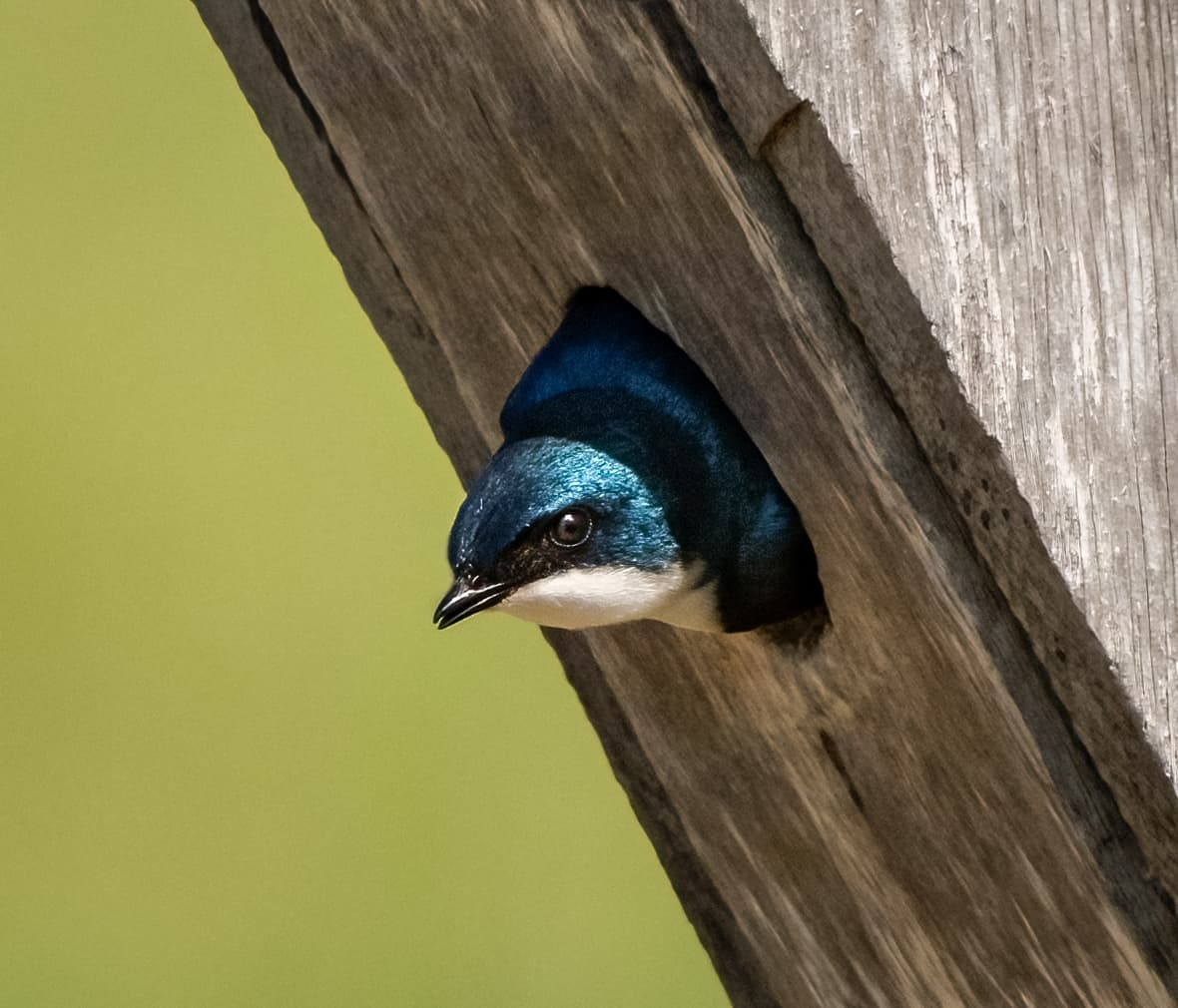
In the fall, North America’s diverse ecosystems and vast geographical expanses become a vast theater where millions of birds embark on remarkable journeys along their ancient flyways. These avian highways connect breeding grounds with wintering areas, giving thousands of us the opportunity to witness a mesmerizing display as the birds make their way to warmer climes. There are around 4,000 bird species worldwide who are migratory, and in North America most bird species migrate to some extent, with more than 350 species traveling between their summer ranges in the U.S. and the tropics each fall to overwinter. Our blog can’t possibly talk about them all, so we’ve chosen just four as perfect examples of the trials and triumphs of fall migration.
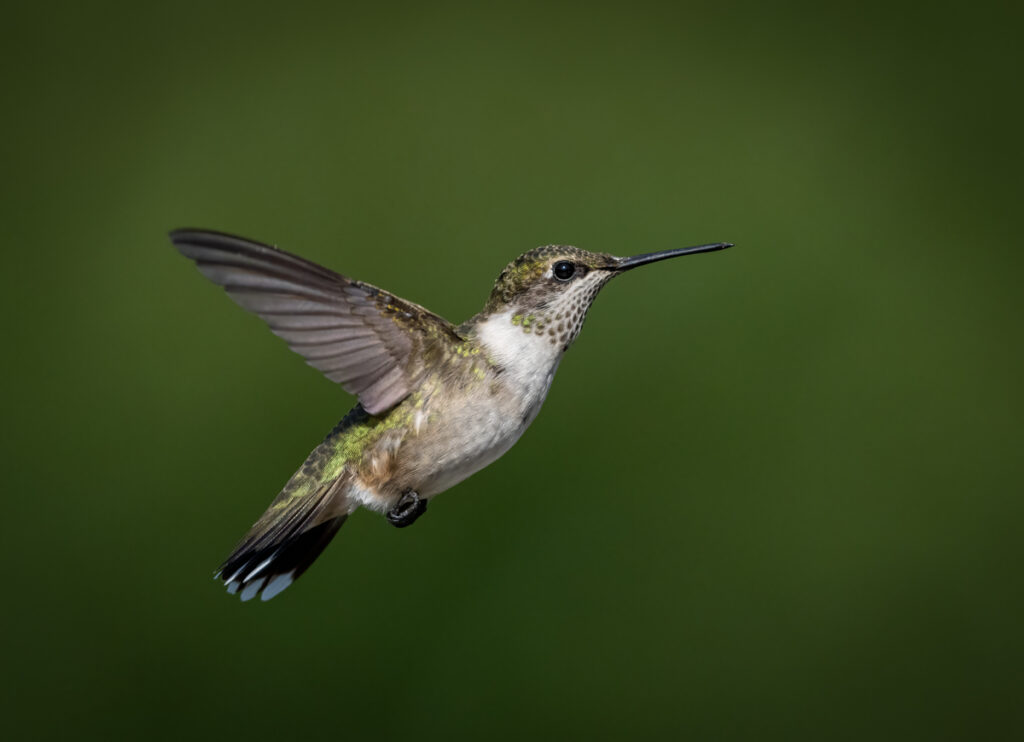
Ruby-Throated Hummingbird
The diminutive yet astonishing Ruby-throated Hummingbird is one of the most common hummingbird species North America, with an estimated population of 35 million birds found in a variety of habitats, including forests, gardens, and parks. Ruby-throats embark on an extraordinary migration that spans thousands of miles. These jewel-like birds breed throughout the eastern states and as summer gives way to fall, they make an arduous two- to three-week journey across the Gulf of Mexico to reach their wintering grounds in Central America. As they journey across the continent, birders eagerly anticipate their arrival at backyard feeders, where their rapid wingbeats and iridescent plumage create an enchanting sight. Owen captured this one on resting on the way in the Indiana Dunes National State Park.
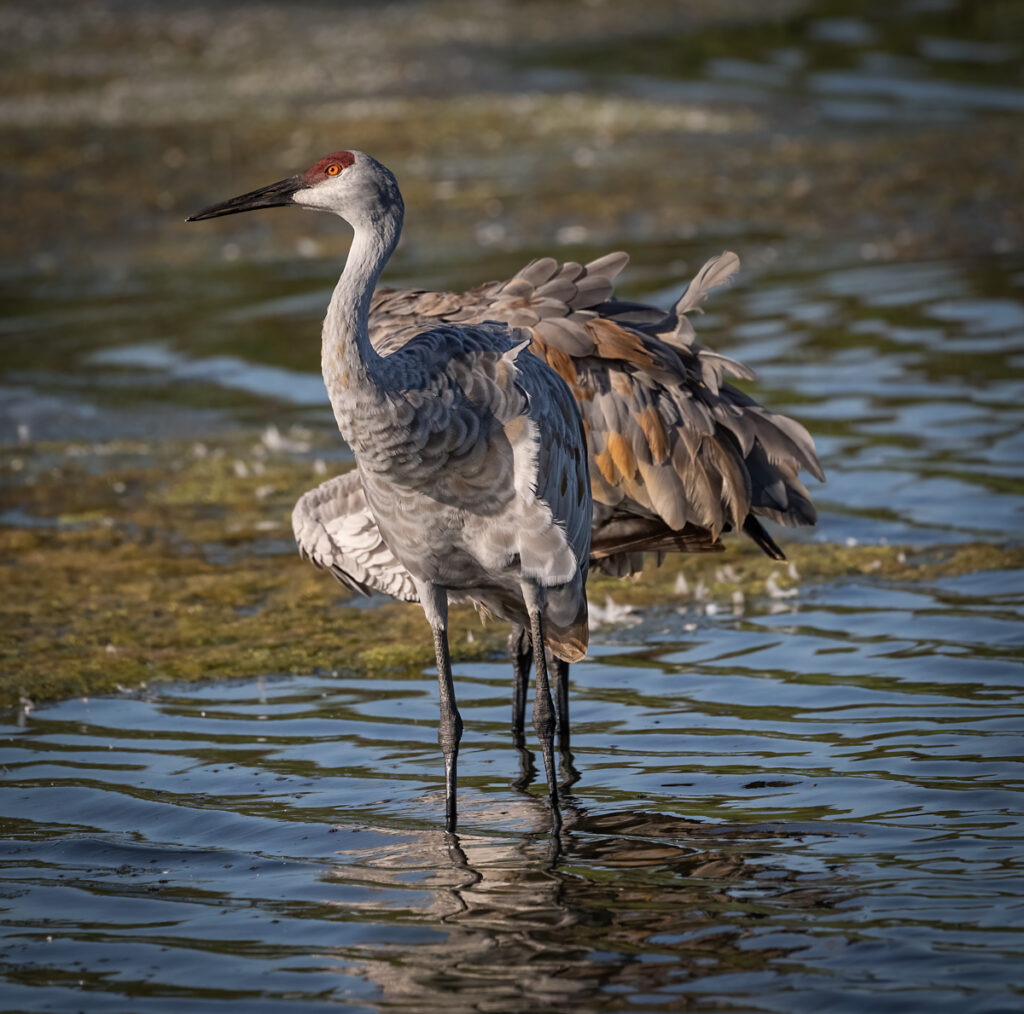
Sandhill Crane
One of the most graceful and majestic migrants, Sandhill Cranes capture the hearts of birders across North America and are a hugely popular subject for both professional and amateur photographers. These tall and elegant birds are instantly recognizable with their white heads and necks and that red forehead patch, along with a reddish-brown wash on the upperparts in breeding plumage. They spend their summers breeding in the northern regions, particularly in Alaska and Canada, putting on elaborate courtship dances, but when fall comes around, huge flocks of birds take off as one, and undertake a remarkable journey along the Central and Mississippi Flyways. V-formations of Sandhill Cranes fill the skies as they migrate to their wintering grounds in the southern United States and Mexico, with their loud, trumpeting calls reverberating through wetlands and open grasslands.
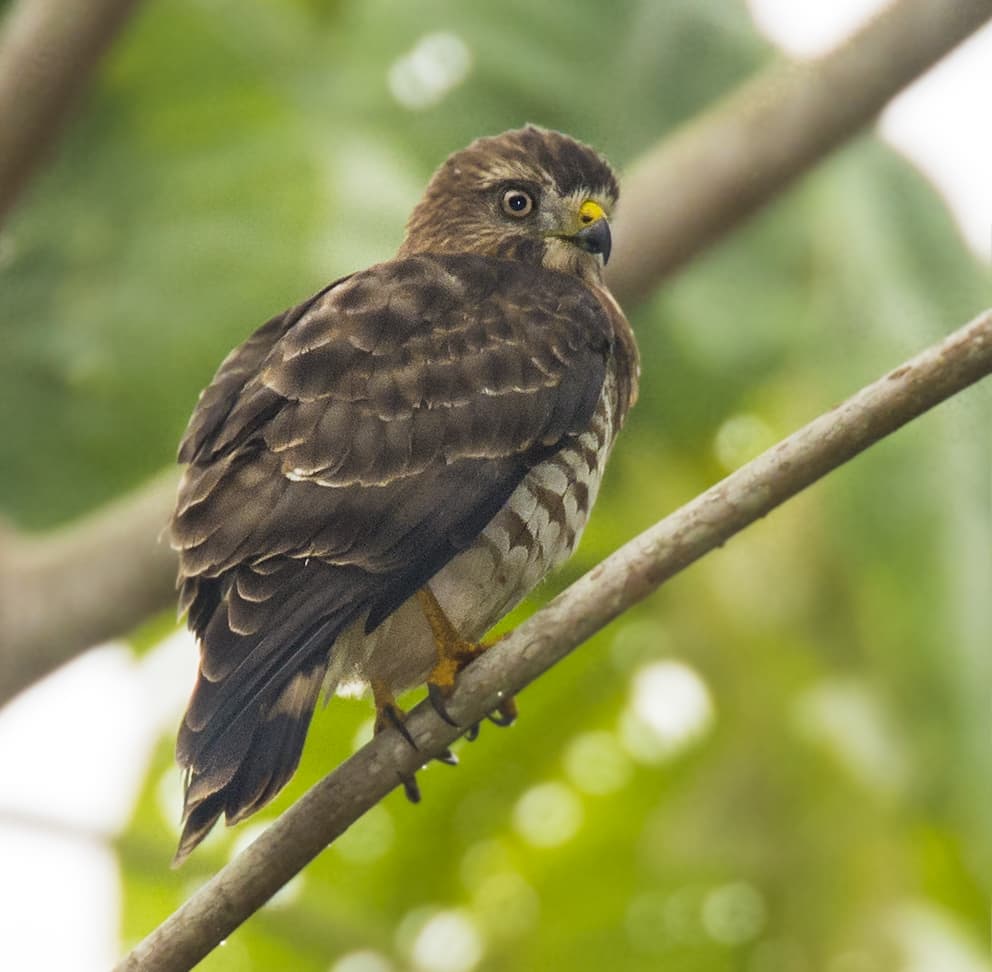
Broad-Winged Hawk
Each fall, North America witnesses an extraordinary congregation of raptors known as the Broad-winged Hawk migration. These medium-sized hawks are one of the most abundant raptors with over 1 million individuals, breeding in eastern North America. When the time comes, they undertake a remarkable journey southward to Central and South America, gathering in large flocks known as kettles. Riding thermal updrafts along the Mississippi Flyway, these kettles number thousands of swirling birds, captivating observers. The greatest spectacle occurs along the Appalachian Mountains, where tens of thousands use the ridgelines and mountaintops to reach altitudes of 1,000 to 2,000 feet, flying up to 60 miles per hour. The longest recorded migration for a broad-winged hawk is 4,350 miles!
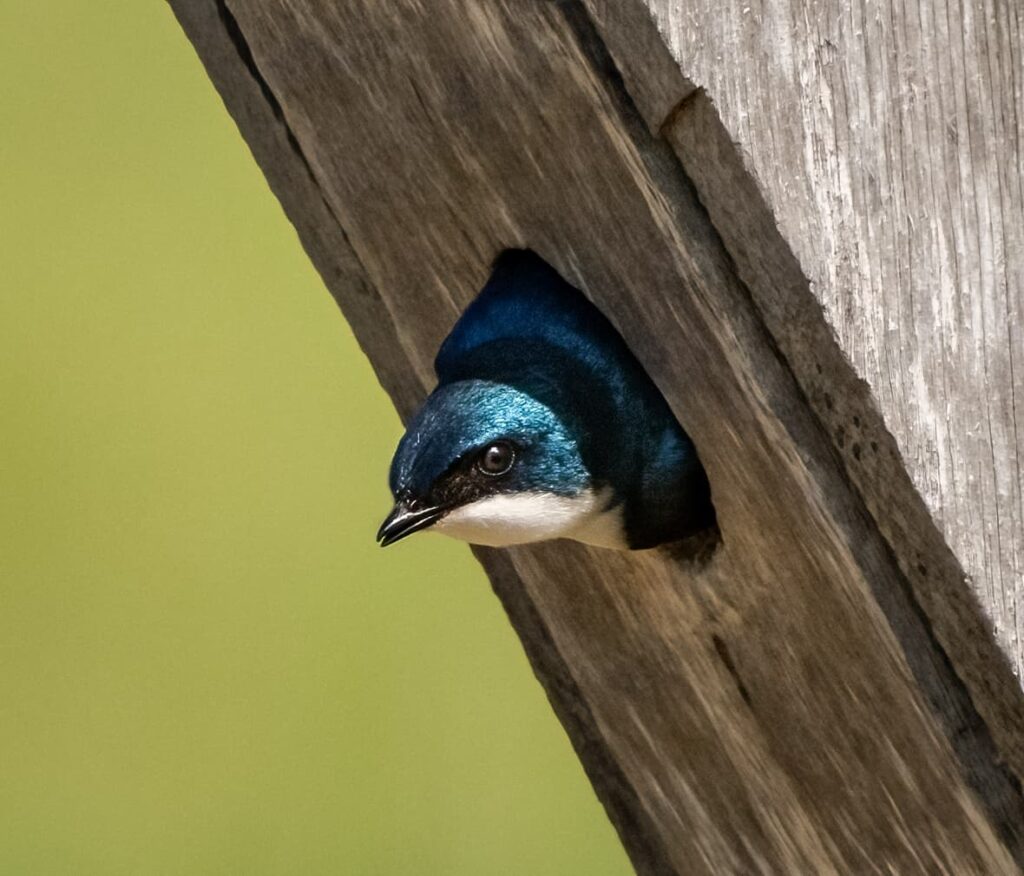
Tree Swallow
The iridescent blue-green upperparts and snowy-white underparts of the plumage of the Tree Swallow make these birds extremely popular with birders and all nature enthusiasts, as they are also relatively easy to see, delighting birders with their agility and precision as they devour thousands of mosquitoes and other flying insects daily. They are also a true marvel of bird migration, traveling up to 20,000 miles a year. Breeding throughout North America, they begin to gather in large flocks in late summer and early fall before embarking on their southward journey to overwinter in the southern United States, Mexico, Central America, and the Caribbean. Some individuals may even winter as far south as northern South America. They navigate the Atlantic Flyway, following the eastern coast and crossing vast bodies of water such as the Great Lakes and the Gulf of Mexico, and are known to stopover at many sites to refuel on their way, with Lake Michigan and Cape May, NJ both being great places to see them in large numbers.
The fall migration of birds across North America is a spectacle that never fails to amaze and inspire. As countless species traverse vast distances, birders and nature enthusiasts of all persuasions eagerly await these migratory journeys, where each encounter offers a chance to witness the beauty and resilience of our feathered friends as the autumnal breezes blow.


